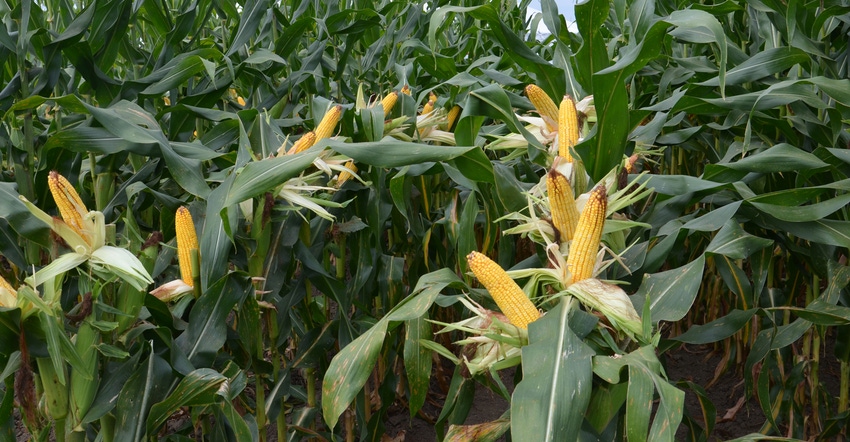
It’s better to have a memory like an elephant when looking at test plot data and making decisions about which corn hybrids to plant in 2021. Remember how any hybrid you’re considering performed in past years, not just this year, and how it yielded over a range of conditions in multiple plots, not just in one plot.
If you can do that, Bob Nielsen says you’re well on your way to selecting hybrids that will deliver consistent performance no matter what Mother Nature delivers in 2021. “It’s very important to know how a given hybrid performs over a wide range of environmental conditions,” says Nielsen, Purdue University Extension corn specialist.
“No hybrid is perfect, and you shouldn’t expect the same hybrid to win every time,” he continues. “What you’re looking for are hybrids which are consistently in the top third of any trial. If they hang within the top 10%, that’s even better. Shy away from hybrids which may be near the top or even win a plot but wind up in the bottom third in other plots. That’s sending a strong message that they’re not consistent performers. They may do well when conditions are favorable but fall apart under stress.”
Search for data
Part of the challenge today is finding enough independent data on corn hybrids to make these kinds of comparisons across conditions, Nielsen says. In the past, he recommended looking at university corn trials as a means of seeing how hybrids stacked up against each other. However, fewer universities conduct trials today, and even if they do, several major companies no longer participate.
For example, Purdue discontinued its corn hybrid trials. Without major companies entering hybrids, other companies saw less need to enter as well. One industry source acknowledges that when two industry leaders pulled out of most independent trials, his company followed suit.
“It’s much more difficult today to find independent trials comparing hybrids from various companies,” Nielsen says. That leaves farmers with fewer options.
If you look at data from company plots, be wary of plots where a company includes just one or two hybrids from another company along with several of its own hybrids, Nielsen cautions. He notes that the hybrid or two from the other company may not be its top performers in your area.
“Having said that, though, seed companies typically have extensive performance data for their own hybrid lineup,” Nielsen adds. “If you buy seed primarily from one company, ask them to show you their data that proves how well their hybrids perform across a wide range of growing conditions.”
Another option is to conduct your own hybrid trials. “You may find value in it, but the problem is, it’s only one location in one year,” Nielsen says. “You can identify hybrids that did good on your soils in 2020, for example, but you can’t be certain they will perform well in 2021 if the weather is totally different.”
About the Author(s)
You May Also Like




